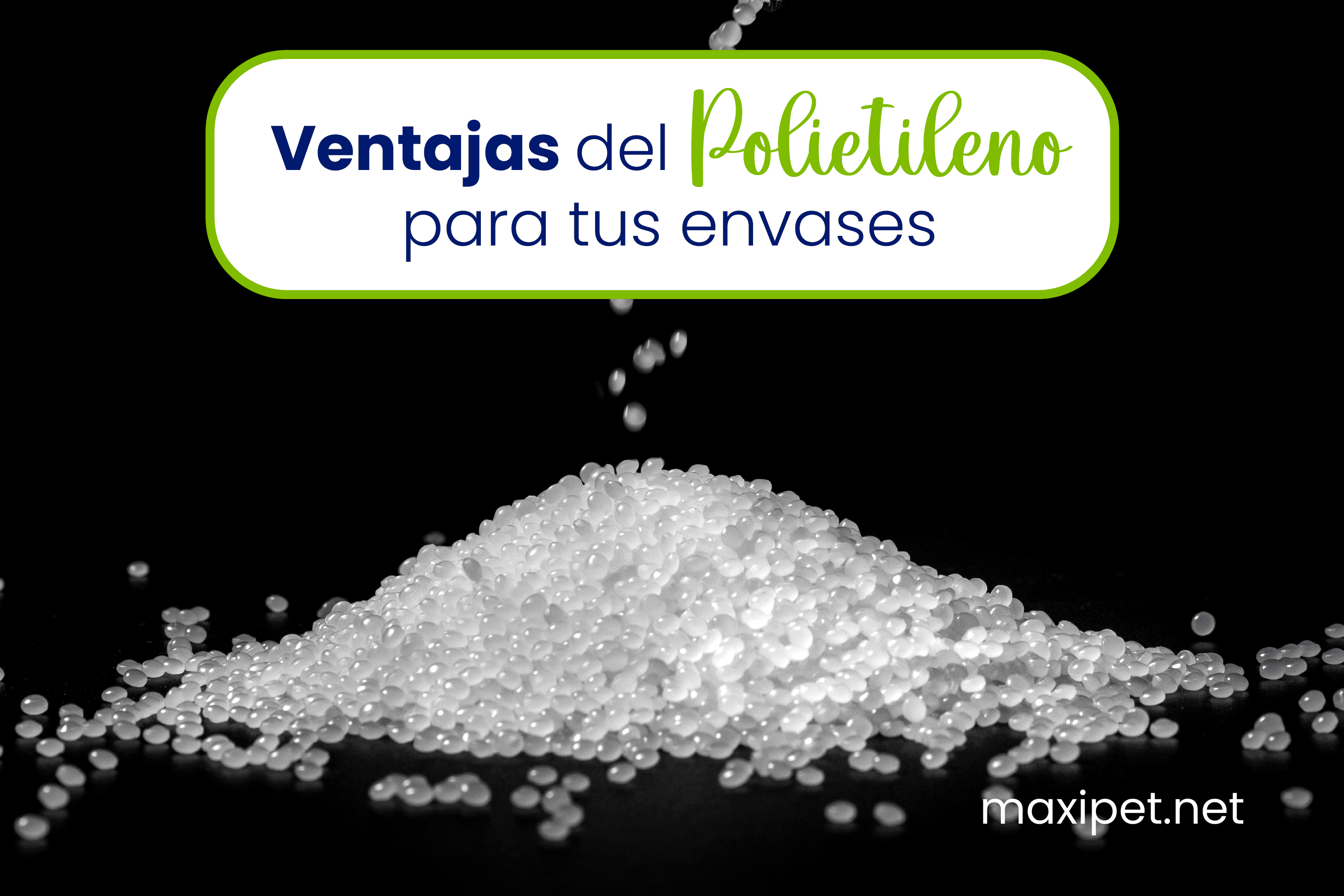Advantages of polyethylene for your packaging

Polyethylene, from a chemical point of view, is the simplest plastic and therefore its manufacture is very cheap. For this reason, it is estimated that around 65 million tons per year are generated worldwide. Polyethylene is obtained by polymerizing ethylene and is commonly used for the production of a large number of products. Know everything you need to know about this material.
types of polyethylene
This material is classified according to its density and hardness:
LDPE (Low-Density Polyethylene). It is a thermoplastic polymer. This means that at high temperatures it becomes more flexible than high-density polyethylene. This material offers properties such as good processability and resistance to impact, heat, and chemicals.
HDPE (High-Density Polyethylene). It is a thermoplastic polymer. This type of material is obtained by addition, which means that different ethylene units are added for its composition. Rigidity and resistance are its main advantages. It is plastic resistant to impacts, traction, and different temperatures.
Characteristics and advantages of HDPE
Some of its main features are:
- It has a whitish and translucent appearance.
- It is resistant to water and shock impact.
- It is not damaged in the presence of acids, which makes it safer.
- It has broad chemical and electrical resistance.
- It is an excellent barrier against bacteria.
Therefore, its main advantages are:
- Great resistance: It has maximum chemical resistance, ultraviolet radiation, and impenetrability to most gases. Therefore, this material can withstand chemicals, solvents, and acids.
- Lightness: It is a material that is not very heavy and easy to handle, which allows you to optimize time and effort. In the case of containers for chemical products, their lightness represents great economic savings in both transport and handling.
Polyethylene Uses
Polyethylene is commonly used for:
- Manufacture containers for food products, detergents, cleaning products, and chemicals.
- Manufacture of disposable utensils.
- Cable coating.
- Toys.
- Plastic and garbage bags.
If you want to know more about the advantages of this material for your packages or containers, contact an advisor to give you all the details you need.



